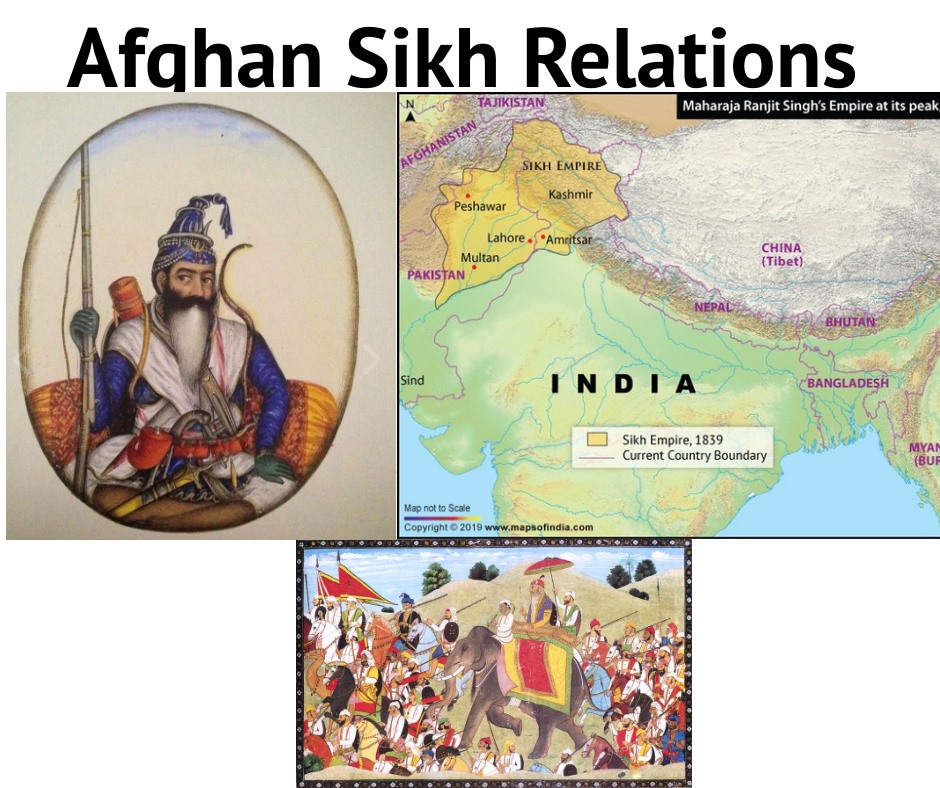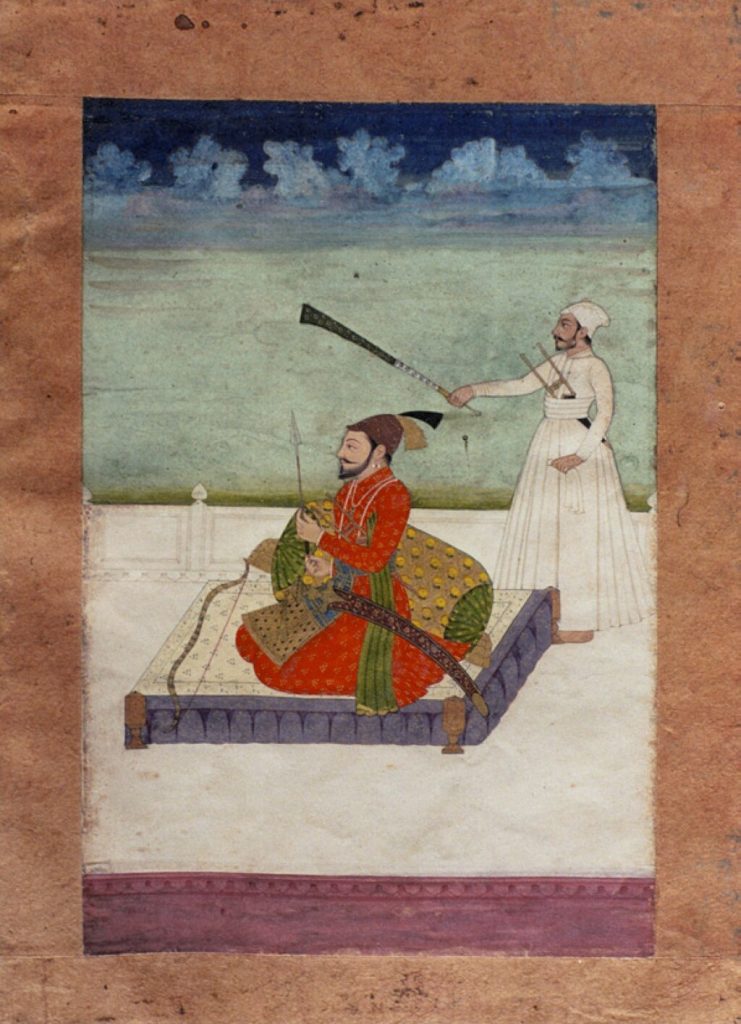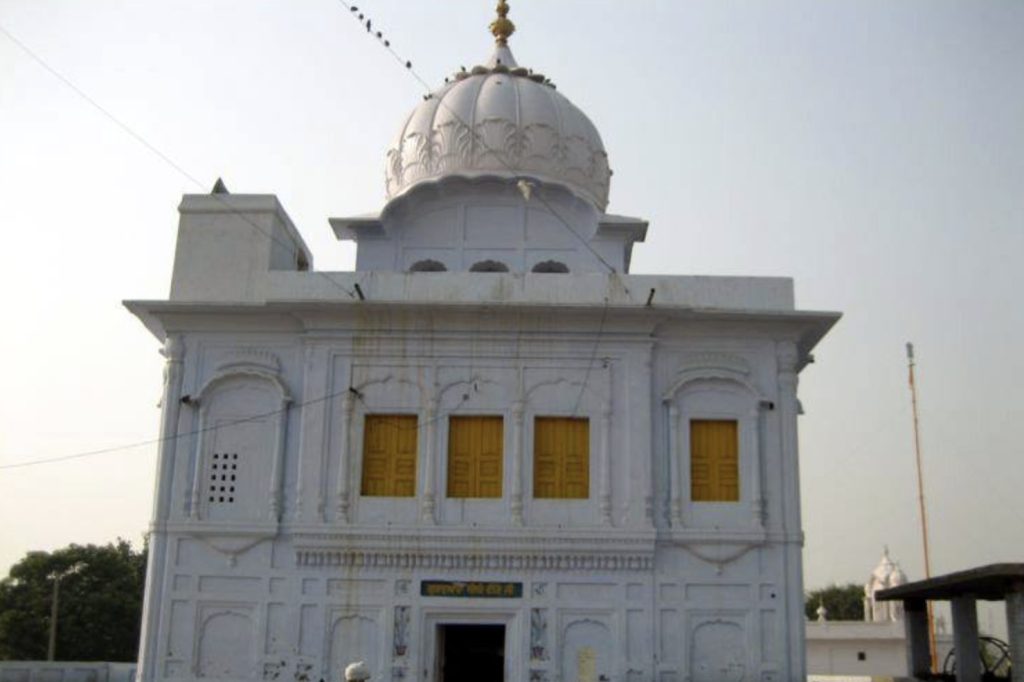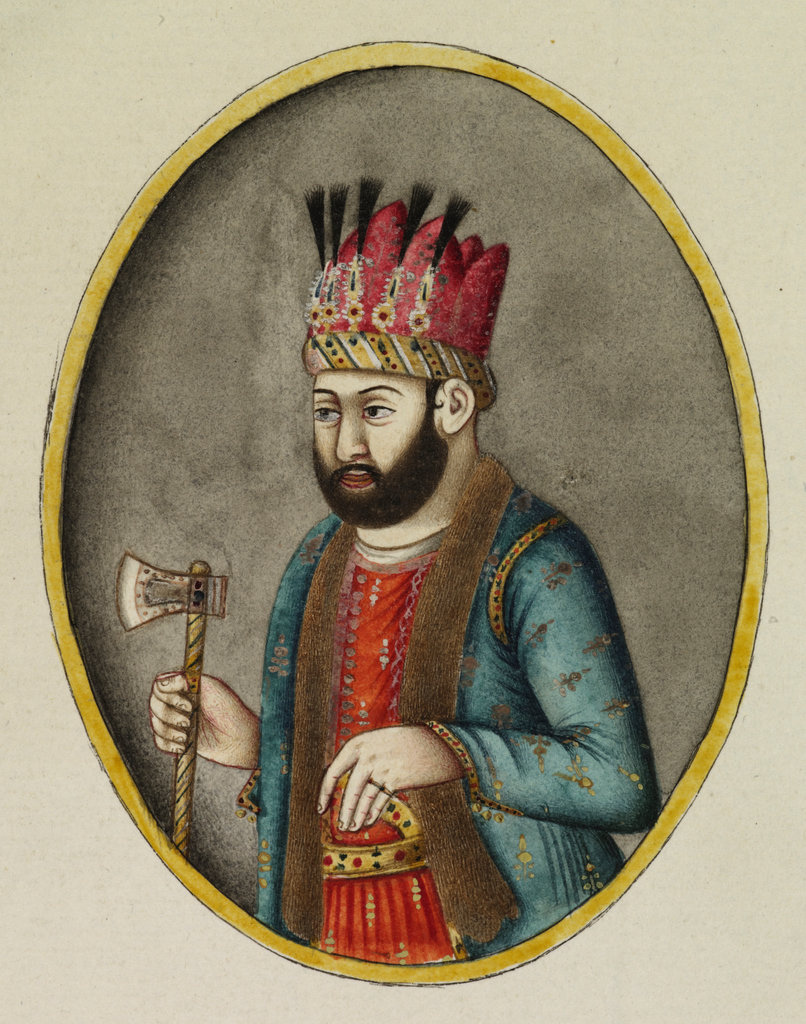AFGHAN SIKH RELATIONS spanning the years 1748 to 1849 go back to the first invasion of India by Ahmad Shah Durrani, although he must have heard of the Sikhs when in 1739 he accompanied Nadir Shah, the Iranian invader, as a young staff officer. Having occupied Lahore after a minor engagement fought on 11 January 1748 during his first invasion of India, Ahmad Shah advanced towards Sirhind to meet a Mughal army which he was informed was advancing from Delhi to oppose him. On the way he had two slight skirmishes at Sarai Nur Din and at the Vairoval ferry, both in present day Amritsar district, with a Sikh jatha or fighting band under Jassa Singh Ahluvalia.
CHAR BAGHIPANJAB by Ganesh Das Badhera, a history in Persian of the Punjab which, according to the author, then extended from the River Indus to the Sutlej. The work, completed in 1855, was published by Khalsa College, Amritsar, in 1965. The author served under the Lahore Darbar as a revenue official (qanungo) of Gujrat (now in Pakistan) where earlier his father Shiv Dayal, had also served under Sardar Gulab Singh of the Bhangi misl. Later he joined the service of Raja Gulab Singh at Jammu where he compiled his Raj Darshani, a history of the Dogra rajas.
Explore Jangnama, the key Persian account of Ahmad Shah Durrani's 1764-65 crusade against the Sikhs, a pivotal historical source.
Discover Mir Mannu's rule in Punjab, his battles, policies, and impact on the Sikhs amid Afghan invasions and internal strife. Learn about his legacy.
Discover the Suthrashahi order founded by Suthra Shah, a devotee of Guru Hargobind. Learn about its rich history and unique mendicant traditions.
Explore the legacy of Bibi Viro, daughter of Guru Hargobind & Mata Damodari, pivotal in Sikh history. Learn about her sons' valor at the Battle of Bhangani.
AHMAD SHAH DURRANI (1722-1772), the first of the Saddozai rulers of Afghanistan and founder of the Durrani empire, belonged to the Saddozai section of the Popalzai clan of the Abdali tribe of Afghans. In the 18th century the Abdalis were to be found chiefly around Herat. Under their leader Zaman Khan, father of Ahmad Khan. they resisted Persian attempts to take Herat until, in 1728, they were forced to submit to Nadir Shah. Recognizing the fighting qualities of the Abdalis, Nadir Shah enlisted them in his army.
CHARHAT SINGH (d. 1770), grandfather of Maharaja Ranjit Singh, was the eldest of the four sons of Sardar Naudh Singh. He took to arms while still very young and started taking part in the raids and expeditions led by his father. He also fought in the Sikhs` skirmishes with the Afghan invader Ahmad Shah Durrani. After the death of his father, he broke away from the Faizullapuria Misi and determined to acquire territory for himself. He left his ancestral village of Sukkarchakk and established his headquarters at Gujranwala, where he had gathered a considerable following within a short time.
Explore the dramatic history of Jan Muhammad Chattha's resistance against Ranjit Singh in 1798 and his short-lived reclamation of lands near River Chenab.






